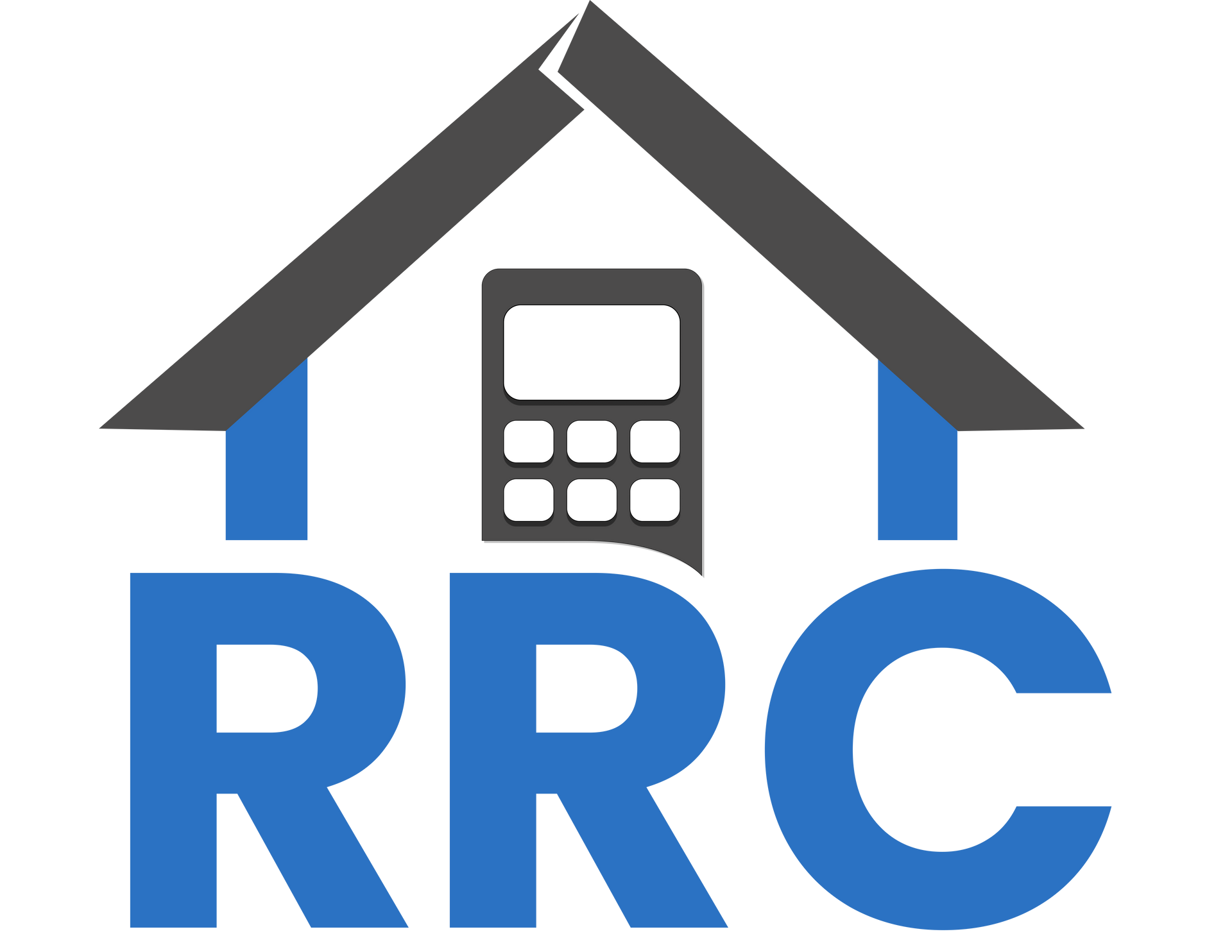Roof Replacement Cost in Ohio
Calculate Your Roof Replacement Cost in Seconds – No Signup, Just Real Estimates
Enter Your Address to Get a Free Roof Replacement Estimate
What’s the Average Cost to Replace a Roof in Ohio?
Estimated Roof Replacement Range
1,500–2,000 sq ft
$5,500 – $10,000
For a typical Ohio home in a suburban or rural area
Costs vary based on roof type and region.
Most Popular Roofing Material
Asphalt Shingles
$3.50 – $5.50 / sq ft
Affordable and weather-resistant
Well-suited for Ohio’s seasonal changes.
Seasonal & Weather Impact
Cold Weather Requires Reinforcements
Extra costs for ice shields and proper insulation in northern counties
Helps prevent leaks and winter damage.
What Affects Your Roof Cost in Ohio?
Understanding the key factors that impact pricing
Location & Climate
Snowfall, heavy rains, and seasonal temperature swings in Ohio can influence material choice and installation requirements.
Material Quality
Asphalt is most common, but metal, slate, and synthetic shake are gaining ground in Ohio.
Roof Size & Complexity
Steep or multi-level roofs cost more in labor and safety setup.
Labor Costs
Roofing labor rates in Ohio are moderate compared to national averages, helping keep overall project costs manageable.
City Regulations
Permits and code requirements vary by city (more on that below).
Seasonal Timing
Ice and water shields, ventilation, and flashing add regional cost variability.
Rebates, Credits, and Local Financing Options for Your Roof
Replacement in Ohio
Federal tax credits
For ENERGY STAR-rated certified roofing.
Utility company rebates
Energy providers like AEP Ohio and Duke Energy sometimes offer rebates for energy-efficient roof upgrades or better attic ventilation.
Contractor Financing Options
Many Ohio roofers partner with financing programs like; FHA 203(k), PACE (paid through property taxes), GreenSky and similar low-interest plans.
When Does Insurance Cover Roof Replacement?
Replacing a roof is one of the biggest home projects you'll ever take on. So it’s natural to wonder if doing it yourself can save money or not!? While a hands-on approach might work for small repairs or very experienced homeowners, a full roof replacement comes with real risks if not done correctly.
DIY replacement
Pros:
- Potential labor cost savings
- Full control over materials
- Flexibility in timing
Cons:
- Physically demanding and time-consuming
- Risk of improper installation
- No warranty or code guarantee
- Can void insurance coverage
Professional install
Pros:
- Work is usually backed by a warranty
- Licensed contractors follow local building codes
- Faster completion with less hassle
Cons:
- Higher upfront cost
- Requires contractor research and vetting
Example Snapshot – Asphalt Shingle Roof (1,800 sq ft, Ohio)
| Cost Component | Estimated Cost |
|---|---|
| Roofing Materials | $6,300 |
| Licensed Labor | $4,500 |
| Tear-Off & Disposal | $1,200 |
| Permits & Inspections | $300 |
| Decking Repair Contingency | $500 |
| Total Estimated Cost | $12,800 (±10%) |
Ohio Roof Replacement Costs FAQs — Answered by Experts
How much does a roof replacement cost on average?
The national average for roof replacement typically ranges from $6,000 to $12,000, depending on roof size, materials, and local labor rates. Larger homes or premium materials (like metal or slate) can increase cost.
What factors affect the cost of a new roof?
Key cost factors include:
- Roof size and pitch
- Tear-off vs. overlay
- Type of roofing material
- Local building codes
- Climate and weather damage history
- Permits and inspections
Is roof replacement covered by homeowners insurance?
Yes, if the damage is caused by a covered event, such as a storm, wind, hail, or fallen debris. General wear and tear usually isn't covered. Always review your policy and document any damage ASAP.a covered event, such as a storm, wind, hail, or fallen debris cause the damage.
How long does it take to replace a roof?
Most standard residential roofs take 1 to 3 days to replace, depending on size, weather, and complexity.
Should I repair or replace my roof?
If your roof is over 20 years old, has recurring leaks, or shows widespread damage, replacement is often more cost-effective than constant repairs. A professional inspection can help you decide.
Still have a question?
Drop us a mail at sales@sunbasedata.com
